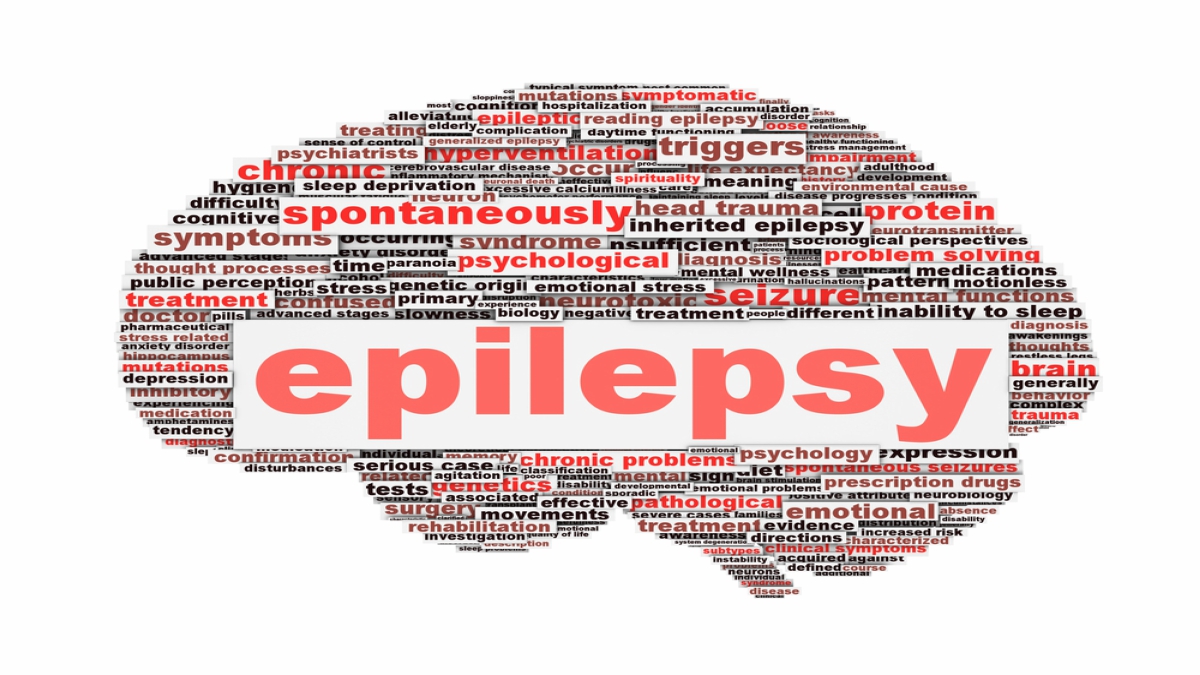Epilepsy that fails to get controlled by two antiseizure drugs is unlikely to respond to the addition of other medications. These children are designated to have drugresistant epilepsy. The principal treatment options for these children include either surgery or starting them on a ketogenic diet.
The choice of surgery cannot be exercised in all patients: Epilepsy surgery is curative in specific diseases, and in certain conditions, it may be associated with permanent disabilities. Also, the expertise for performing epilepsy surgery is available only in a few centres across the country. The other option includes initiating a ketogenic diet.
There are three main methods of providing these diets. The classical ketogenic diet often requires the patient to get admitted to the hospital, strict adherence to protocol and weighing the food items. The modified Atkins diet is less severe than the ketogenic diet. The low glycemic index therapy diet requires only minor diet modifications. So far, there has been adequate evidence about the efficacy of the ketogenic diet and the modified Atkins diet.
The child neurology division of the department of paediatrics, All India Institute of Medical Sciences, carried out a first-of-itskind trial (The DIET Trial). They compared the three primary dietary therapies. This research showed that the seizure burden reduced by more than 50% in 67% of children receiving a ketogenic diet, 52% receiving a modified Atkins diet, and 59% of patients receiving a low glycemic index therapy diet. Also, the side effects were least with a low glycemic index therapy diet.
Thus, this study adds a modified Atkins diet and low glycemic index therapy diet to the armamentarium for the management of drugresistant epilepsy. The added benefit is that since the study has been conducted in India, it can benefit a large population of drug-resistant epilepsy with local dietary menus.
The writer is chief, child neurology at AIIMS.























